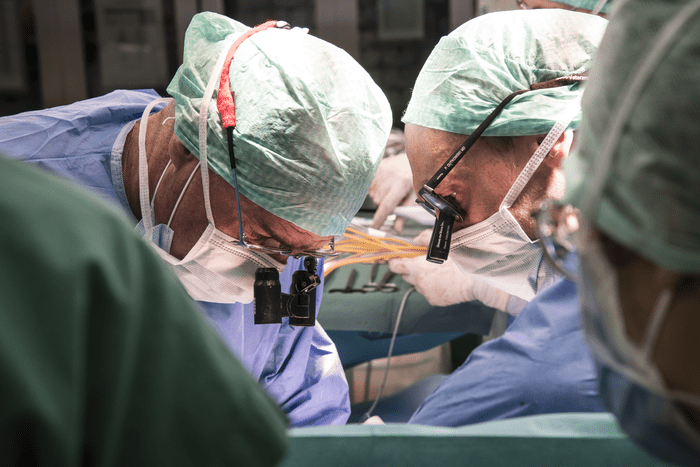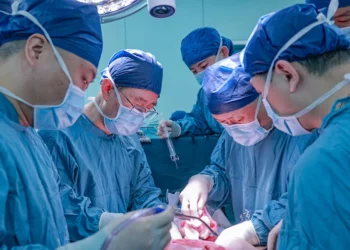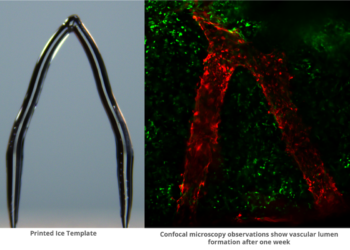
A novel life-support machine kept a damaged human liver viable for three entire days by closely mimicking the conditions inside the body, including systems that act as the heart, lungs, kidneys, and even diaphragm. The treated human liver was then transplanted into a cancer patient from Switzerland who had been on the waiting list for some time. The patient is now doing well.
“I am very grateful for the life-saving organ. Due to my rapidly progressing tumor, I had little chance of getting a liver from the waiting list within a reasonable period of time,” said the organ recipient in a statement to the press.
Human donor kidneys, hearts, lungs, and other vital organs are meant to be transplanted right away in order for the operation to be successful since they can’t be stored for more than 12 hours using conventional perfusion machines. This short window of opportunity means many precious donor organs go to waste, despite waiting lists being terribly long in virtually every country. Many times, those on the bottom of the list don’t get it in time.
Although much more work is required, the researchers in Switzerland claim that this may only be the beginning as the new technique could allow donor livers to be stored safely for up to 12 days before transplantation.
Saving more lives by extending the lifespan of stored organs
This new, state-of-the-art perfusion machine was developed by the Liver4Life research project, which was launched in 2015 and involves researchers from the University Hospital Zurich (USZ), ETH Zurich, and the University of Zurich (UZH), under the umbrella of the Wyss Zurich Translation Center.
Previously, in early 2020 before the pandemic broke out in Europe, scientists at Liver4Life showed for the first time that it was possible to store a liver outside the body for several days. Now, the treatment process has been refined considerably, allowing livers to be stored at a much better standard — so much so that they can be viable for transplant.

In this most recent demonstration, the researchers had to work with a poor quality donor liver, which they treated with various drugs. The organ was then introduced in the perfusion machine, which has pumps that serve the role of the heart, an oxygenator that is supposed to work like the lungs, a dialysis unit that performs the functions of kidneys, and a mechanical system that sways the liver in sync with human breathing in lieu of a diaphragm.
In addition, the researchers performed antibiotics and hormonal therapies, along with optimizations of the liver’s metabolism, in order to extend the liver’s storage life for as long as possible.

Although the organ was not originally intended for transplant, a life or death situation prompted the researchers to take the gamble and perform a transplant on a cancer patient in May 2021. The 62-year-old male recipient, who suffered from advanced cirrhosis and severe portal hypertension, was discharged just 12 days after the operation. One year later, his new liver shows no signs of damage, injury, or rejection.
“Our therapy shows that by treating livers in the perfusion machine, it is possible to alleviate the lack of functioning human organs and save lives,” explained Professor Pierre-Alain Clavien, Director of the Department of Visceral Surgery and Transplantation at the University Hospital Zurich (USZ).
The implications of this transfusion machine for healthcare could be immense in the future. It means that liver transplants, which are now an emergency procedure, can be planned, allowing a much more efficient allocation of donor organs with matched recipients.
In the United States, for instance, around 70% of donor livers are never used, some because they are not good enough, but mostly because they fail to reach a recipient in time. With technology like the one demonstrated by Liver4Life, perhaps many of these unsuccessful transplants could be changed.
“The interdisciplinary approach to solving complex biomedical challenges embodied in this project is the future of medicine. This will allow us to use new findings even more quickly for treating patients,” said Prof. Mark Tibbitt, Professor of Macromolecular Engineering at ETH Zurich.
The findings appeared in the journal Nature Biotechnology.






